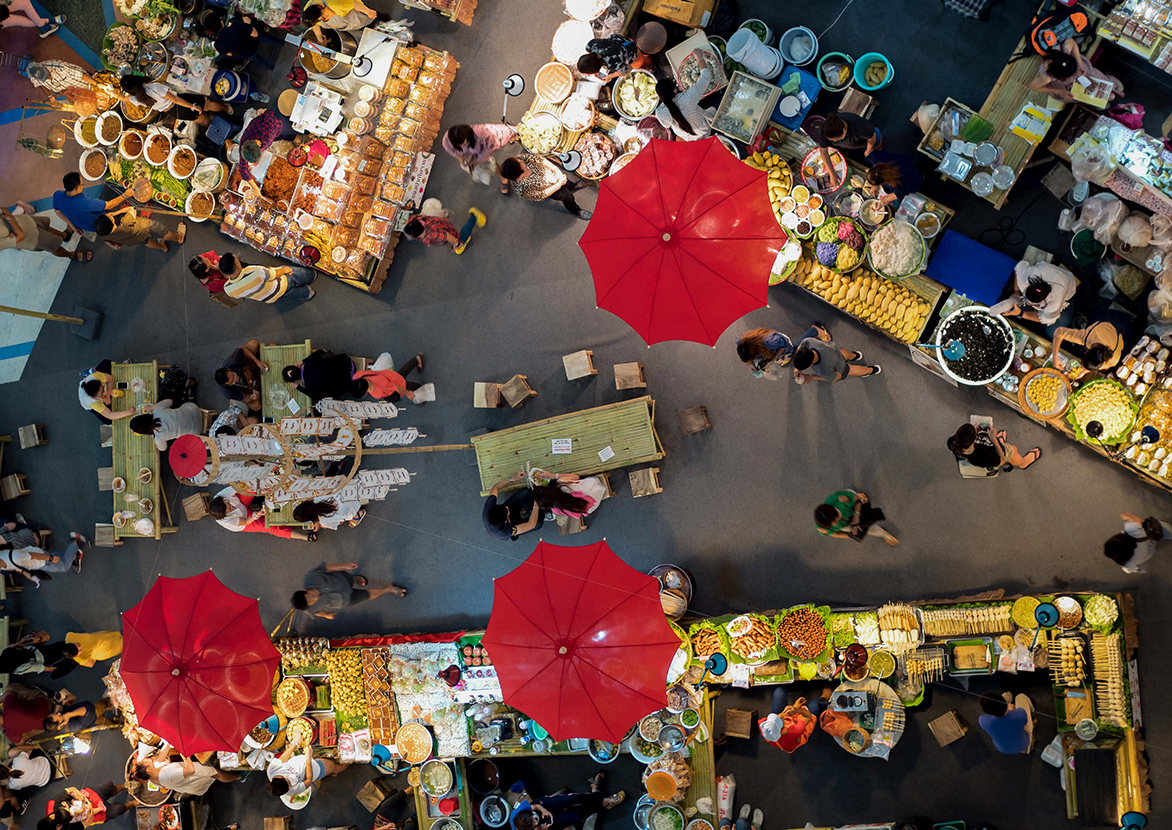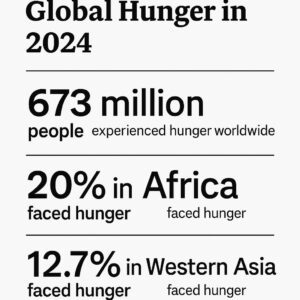Global Hunger Declines Slightly, But Inequality Deepens.
Global hunger levels declined slightly in 2024, according to the State of Food Security and Nutrition in the World (SOFI) 2025 report, released at the Second UN Food Systems Summit Stocktake (UNFSS+4) in Addis Ababa. But this modest progress masks a troubling reality: hunger is worsening in Africa and Western Asia, highlighting growing inequality in food access and affordability.
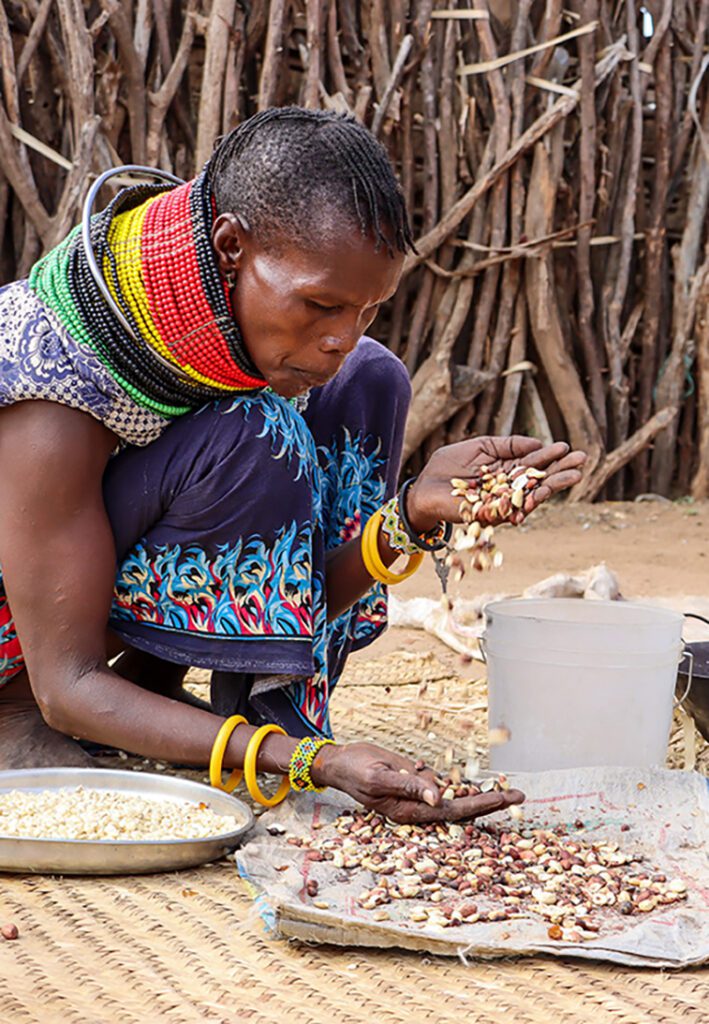
The report, jointly issued by five United Nations agencies — FAO, IFAD, UNICEF, WFP, and WHO — estimates that 673 million people, or 8.2 percent of the global population, experienced hunger in 2024. That’s down from 8.5 percent in 2023 and 8.7 percent in 2022. Still, the figures remain higher than pre-pandemic levels.
While southern Asia and Latin America showed notable improvement — with hunger dropping to 6.7% and 5.1%, respectively — the situation in Africa has deteriorated significantly. Over 307 million Africans, or more than 20 percent of the continent’s population, faced hunger in 2024. In Western Asia, hunger rose to 12.7 percent, affecting over 39 million people.
“This modest global decline is welcome, but progress is uneven,” said FAO Director-General QU Dongyu. “We must focus our efforts on the regions and communities where hunger is growing.”
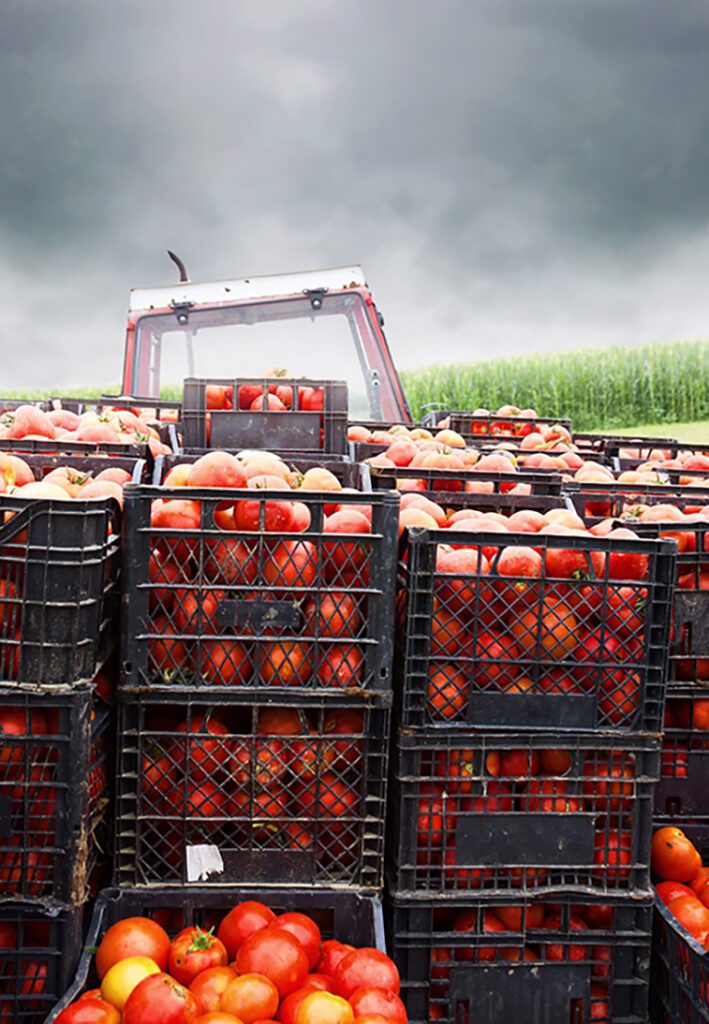
Food Inflation and Inequality
The report links much of the recent instability to global food inflation, driven by the COVID-19 pandemic’s economic fallout, the war in Ukraine, and extreme climate events. Food prices rose faster than overall inflation, peaking at 13.6 percent in January 2023. In low-income countries, food inflation soared to 30 percent by May 2023.
As a result, although the number of people unable to afford a healthy diet fell slightly worldwide — from 2.76 billion in 2019 to 2.6 billion in 2024 — affordability worsened in low-income regions. 545 million people in these countries can no longer afford a nutritious diet, up from 464 million in 2019.
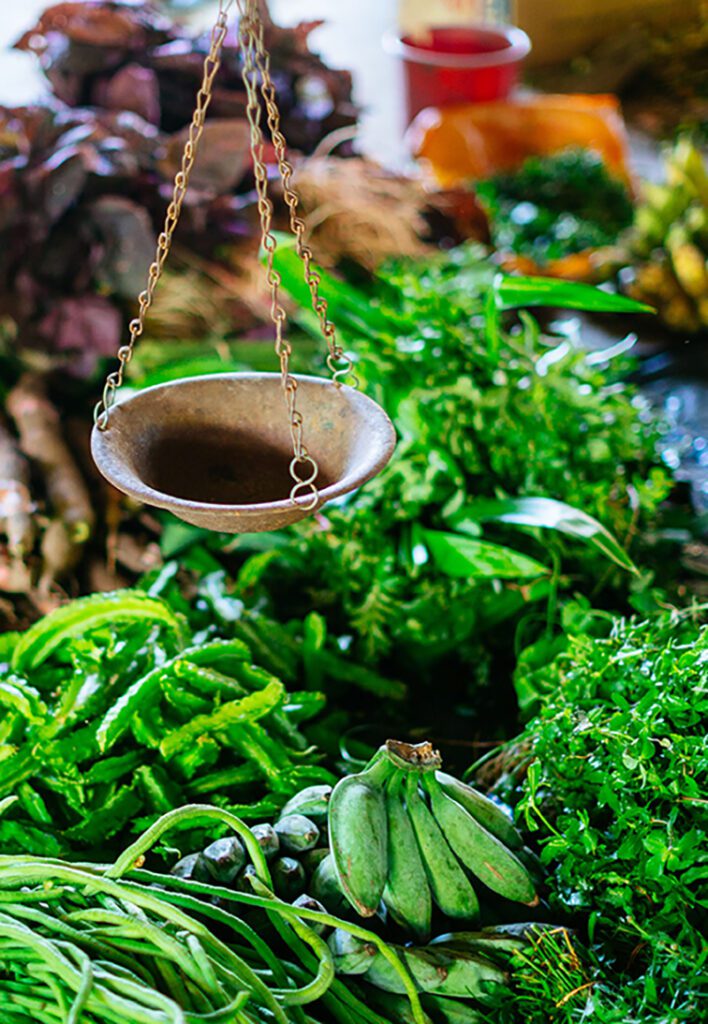
Nutrition: Progress and Gaps
The report shows mixed progress in nutrition. Child stunting fell from 26.4 percent in 2012 to 23.2 percent in 2024, and exclusive breastfeeding rose from 37 to 47.8 percent. But child wasting and overweight rates remain largely unchanged.
Meanwhile, adult obesity rose to 15.8 percent, and anaemia among women of reproductive age increased to 30.7 percent. Only one-third of children and two-thirds of women met minimum dietary diversity standards.
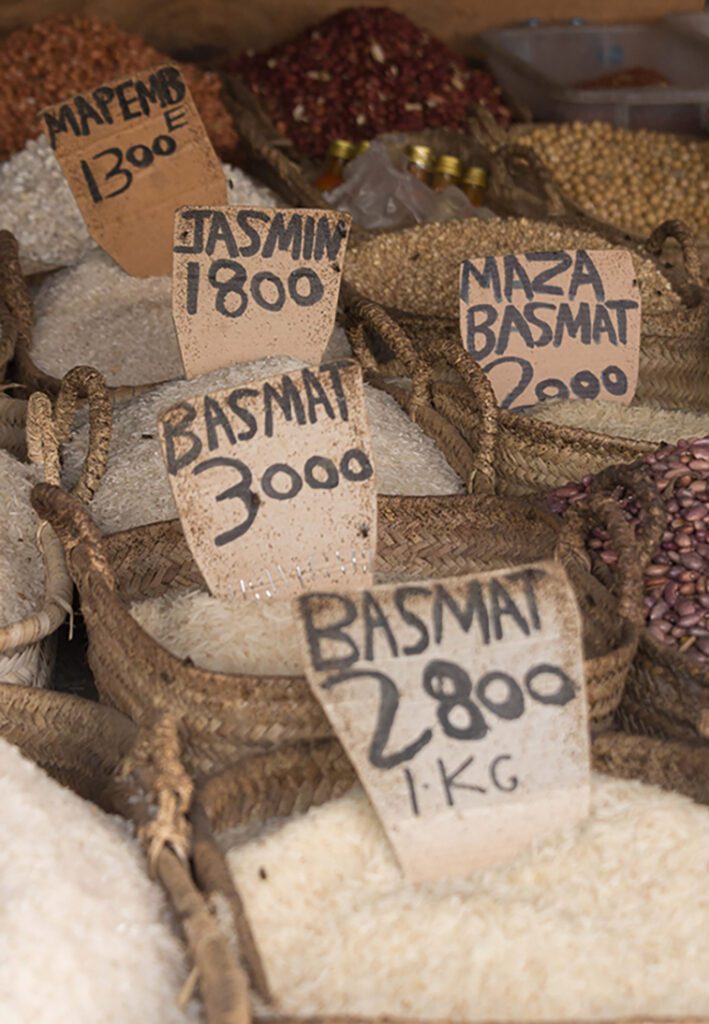
A Call for Action
The UN agencies urged coordinated policy responses, including targeted social protection, credible monetary policies, and investment in agricultural research and infrastructure.
“Hunger remains alarmingly high, and funding for critical food assistance is shrinking,” warned WFP Executive Director Cindy McCain. “Without urgent action, recent gains could be lost.”
As global challenges intensify, SOFI 2025 calls for renewed international commitment to achieving Zero Hunger (SDG 2) — and ensuring that no region is left behind.


